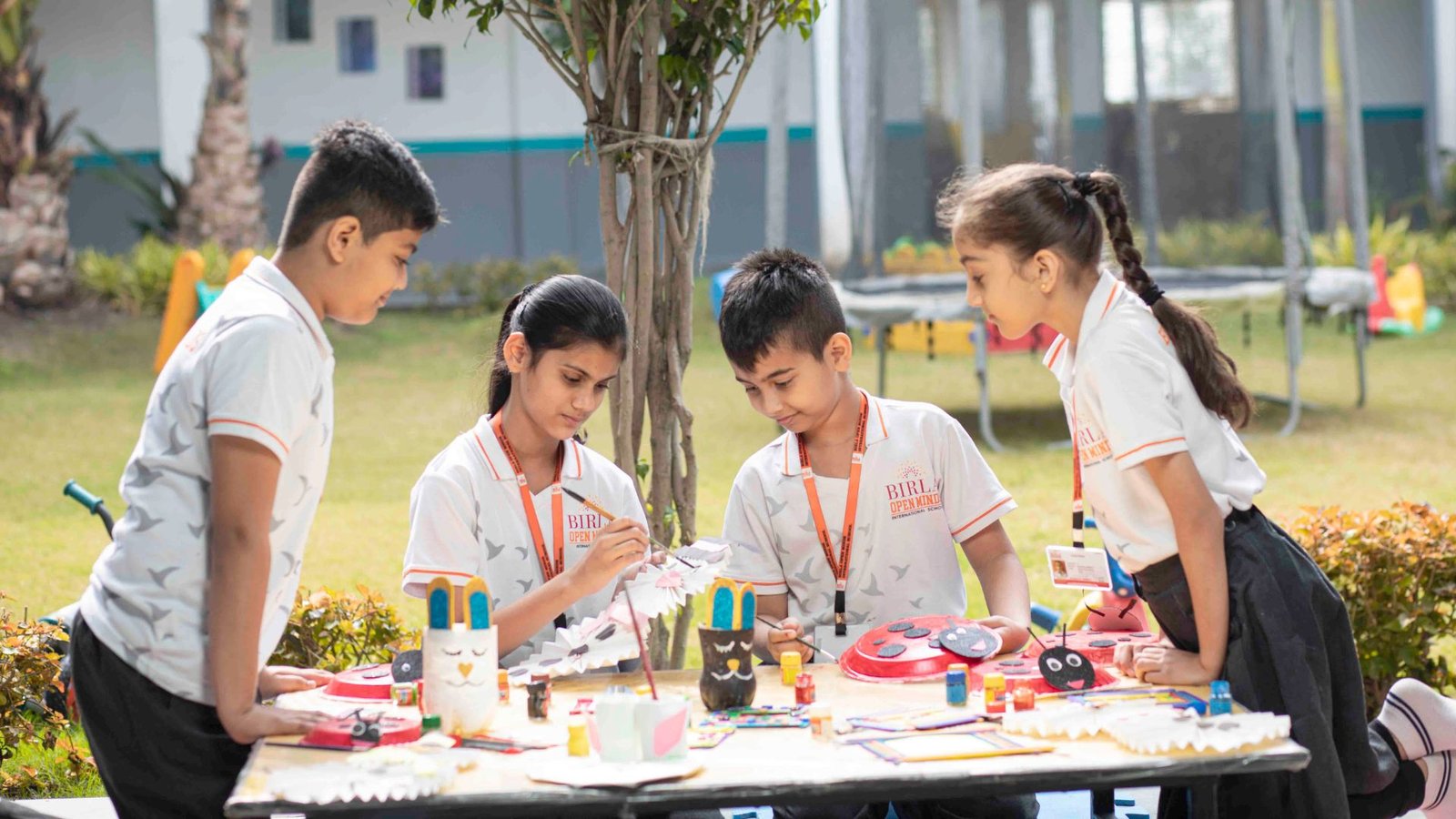
How to Meet the Needs of Diverse Learners?
Having an inclusive philosophy is the first step to ensuring access, participation and benefit.
All children are capable of achieving positive early learning and age appropriate developmental outcomes. There should be high expectations for all children, regardless of their background, experience, language or developmental status.
Children draw their own understanding of the world around them through exploration, experience engagement with a variety of materials, experiences and interactions with adults and peer group. Every child should be provided an opportunity to actively explore, engage and interact by providing the supports necessary to ensure a child’s full and active participation within an environment. Children have varied learning needs and it is diverse with respect to their biological growth , and the needs are met through a suite of age appropriate activities , the activities are mainly embedded in the curriculum to cater the needs of the learners.
Diversity in the classroom helps students to develop social awareness which helps them appreciate different perspectives and draw stronger conclusions. Challenging students to consider different perspectives can also teach them how to interact with their peers on a social level, and equip them with skills they’ll use for the rest of their life.
In curriculum we leverage varied activities such as VARK (V- Visual A-auditory , R- reading, K- Kinesthetic ) and MI approaches ( Multiple Intelligences) , the framework of curriculum when stitched with such approaches help the educators to meet the diverse needs of the students in the classrooms.
Diversity in classrooms leads to inclusive learning and inclusive environs making a classrooms filled with varied activities to suit the learning approaches. The schools at Birla Open Minds ensures to cater to learners with diverse needs through its strong curricular framework interwoven with VARK, MI , Blooms and Maslow’s approach of teaching and learning.
Strategies to meet the Diverse Learning Needs
1. Universal Design of Learning (UDL)
A tool that is prominent worldwide and caters to all learners, it leverages flexible teaching and learning materials to teach students in the classrooms, it caters to all type of learners in the classrooms including inclusive learners.
2. Multimodal Teaching Strategies
The teaching strategies involving VARK, and other active learning tools of teaching amalgamated with technology is fruitful in the classrooms.
3. Continuous Feedback
When teachers/educators provide feedback to students on their progress both scholastic and co scholastic, allowing them to track their learning and receive guidance for improvement, it creates ample opportunities for them to improve and explore the experiences for a better learning.
4. Professional Development of Teachers
Teachers need continual training and support to hone the skills, attitude and knowledge needed to effectively teach diverse learners. Teachers equipped with such skills cater to diverse learners in a better manner.
5. Incorporate Technology
Embedding adaptive learning tools and educational technology for personalize learning experiences and provide individualized support leads to a strong support to the students with diverse learning background.
6. Culturally Responsive Teaching
Incorporating diverse perspectives, experiences, and cultural contexts into the curriculum to foster a sense of belonging and relevance for all students.
7. Modified Assessments
As learning styles differ from each individual, students may need a different approach to assess their learning outcomes. Differentiated assignments can be curated by the teachers and create a fragment of assessment as per the learning styles of the learners, this will lead to apt assessment of learning outcomes of each child with diverse learning backgrounds and also help in creating desired remedial teaching plans for the laggards.
8. Create Dynamic Classrooms
By creating a classroom space that suits to each learner is a dynamic classroom. This means designing engaging displays, passive learning tools such as charts, toys, experimental centres with students as part of a learning activity, creating quiet areas or placing learning stations/centres with a variety of activities to choose from. One could also look at different seating arrangements, it can range from patterns of U, theatre seating, cluster groups, individual reading spaces as some students prefer to work individually and will be able to concentrate more in a quiet area away from the noisier, more active learners.
Dynamic learning spaces enhances the child centric learning with a 2-way benefit to the educators and learners with varied learning styles. Such suite of learning strategies are always helpful to tap the potential of the students.

